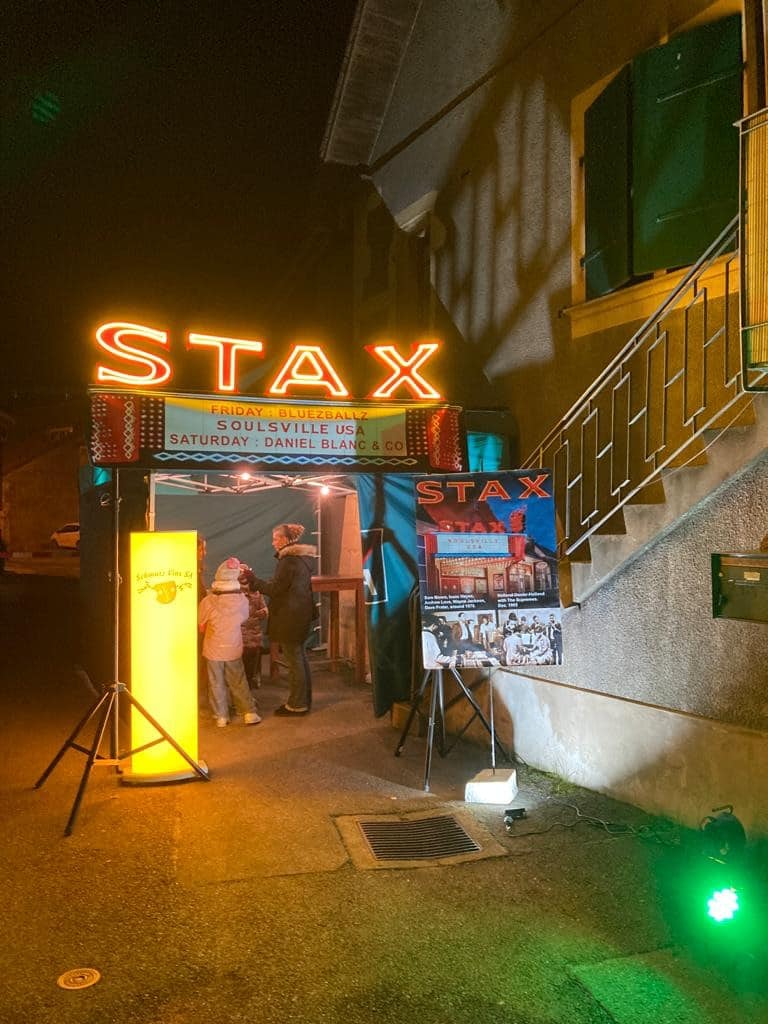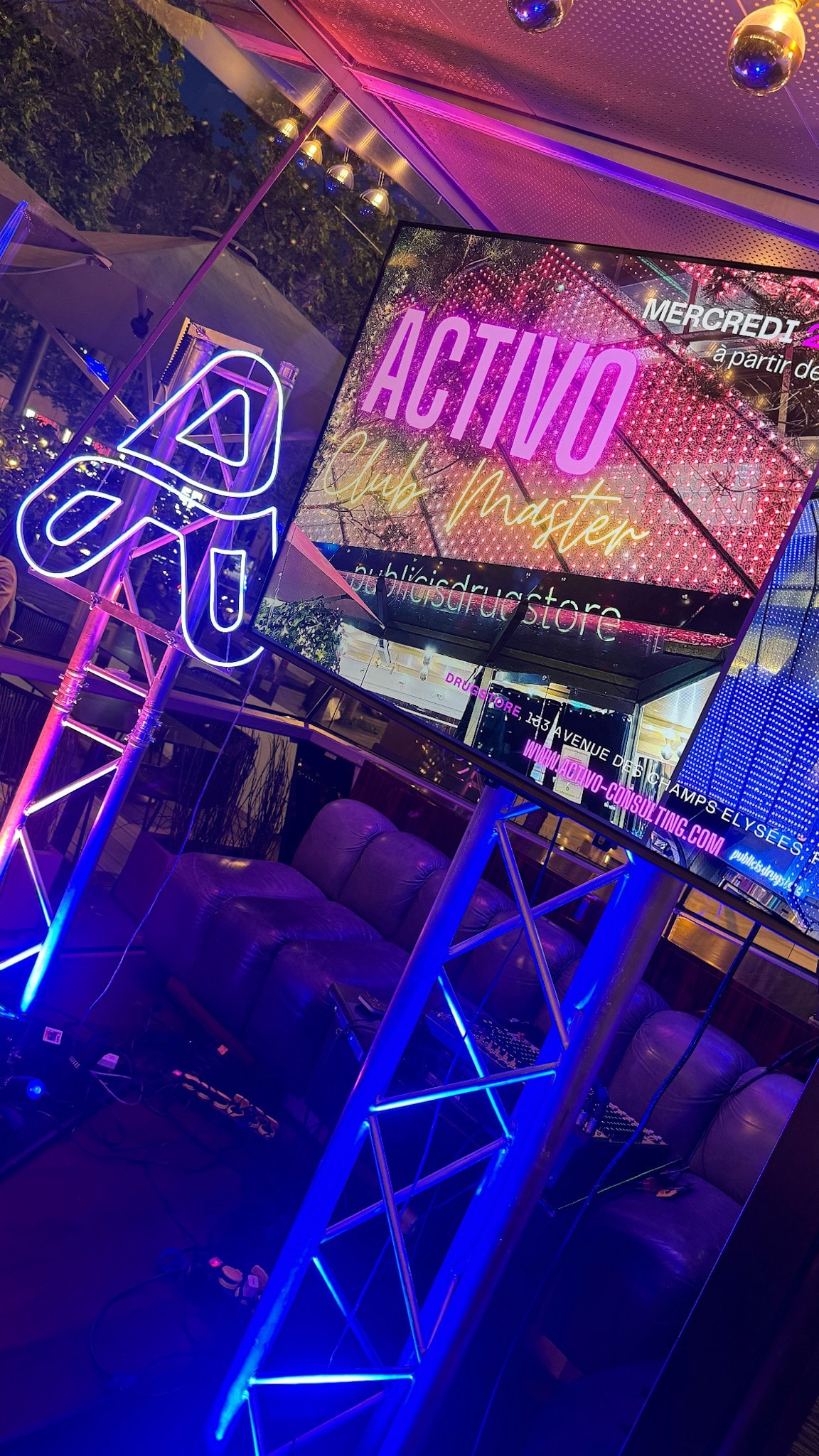The energy consumption of neon lights, whether they are fluorescent tubes or LED neon lights and custom neon lights, is a crucial topic for users looking to combine lighting performance and energy savings. This guide explains how to maximize the efficiency of your fixtures while reducing your energy bill through new LED technologies and other alternatives.
Understanding how neon lights work
What is a neon and how does it work?
The neon tube, also called neon lamp, operates on a simple principle: a gas like neon or another rare gas is passed through by an electric current, producing visible light. Ballasts help regulate this current to ensure a constant ignition. However, LED neons and LED tubes now offer a more modern alternative with better energy efficiency and an extended lifespan.

Difference between traditional neon and LED neon
The comparison between a traditional fluorescent tube and an LED tube highlights several key factors:
- Power: LED neon lights, such as the LED 150cm or LED 120cm models, consume less energy while providing equivalent brightness.
- Lifetime : A LED lamp lasts up to 5 times longer than a neon tube, reducing the need for replacement.
- Technology : The diodes of LED tubes ensure instant lighting, unlike neon lights which require a warm-up time.
Why be interested in the energy consumption of neon lights?
Reducing neon consumption is essential to control your energy bill. By replacing a traditional neon tube with an LED tube or an LED strip, you can achieve significant savings in kWh while decreasing your environmental impact. A concrete example for a neon bar: an LED lamp consumes up to 70% less energy compared to an incandescent or halogen lamp.

The factors that influence neon consumption
Power and type of ballast used
The choice of ballast directly influences the consumption of a fluorescent tube or an LED neon. A modern electronic ballast improves the efficiency of the device, reducing current consumption.
Frequency and duration of use of neon lights
"Excessive use increases consumption duration. For example, in a warehouse or a house, opting for options like detectors or dimmers can limit consumption. A neon for restaurant could be ordered with a central switch."

Environmental conditions (temperature, humidity)
Conditions such as installation height or humidity affect the performance of neon lights. LED tubes, due to their robustness, are more suitable for places like stages, offices, or play areas.
Tips for Reducing Energy Consumption of Neon Lights
Choose energy-efficient models
Prefer LED neon lights, LED tubes, and LED lamps, available in various lengths such as LED 120cm or LED 150cm. These products ensure excellent light output while reducing the kWh consumed.
Install a dimmer or a motion detector
The addition of solutions such as detectors or dimmers optimizes lighting according to needs. This is particularly useful for rarely used rooms.
Regularly maintain the equipment
A regular maintenance extends the lifespan of the neon lights and maintains their brightness. In particular, check the condition of the ballasts and tubes to avoid overconsumption.
Environmental and economic impact of reducing neon consumption
Reduction of CO2 emissions
Replacing your neon lamps with LED tubes reduces CO2 emissions due to lower energy consumption. It's a concrete gesture for the environment.
Long-term financial savings
Investing in LED neon lights significantly reduces electricity costs. Their longer lifespan also limits replacement costs.
Contribution to ecological objectives
Opting for LED solutions contributes to global ecological initiatives. Companies, for example, can enhance their brand image by reducing their energy footprint.
Conclusion
Optimizing neon consumption involves making wise choices: opting for LED neon lights, using accessories like dimmers, and maintaining your installations. These actions reduce both your costs and your environmental impact.
The installation of a neon tube or a LED device requires taking into account several factors to optimize its use. There are undeniable advantages to choosing T8 LED tubes compared to traditional models, particularly in terms of backlighting, energy efficiency, and lifespan. However, some customers may raise concerns about the higher initial investment, although this is offset by long-term savings.
The performance measurement of a neon tube relies on several criteria such as shape, brightness, and ease of installation. To address each user question, it is essential to provide a clear explanation of the different models available. For example, T8 LED tubes offer better efficiency for various applications while being suitable for residential or professional use in the modern lighting world.
In summary, choosing an LED tube ensures a high-performance and durable installation. Despite the initial drawbacks, this technological designation allows for the modernization of spaces with optimal lighting, providing comfort and satisfaction to customers.
---
FAQ on Neon Consumption
Do LED neon lights consume a lot of energy?
No, LED neon lights consume much less energy than traditional fluorescent tubes thanks to their diode-based technology.
How can I tell if my neon light is energy-consuming?
Check the power (in watts) and the technology used. LED tubes often have a lower kWh value compared to traditional models.
What is the average lifespan of an energy-saving neon?
A LED neon has an average lifespan of 20,000 to 50,000 hours, which is several times that of traditional fluorescent tubes. At Supernova, the lifespan of LED neons is 100,000 hours.
To put things into perspective, let's compare the electricity consumption of a typical 60 cm LED neon to that of a traditional neon of the same size. A traditional neon sign of this size typically consumes between 50 and 60 watts of electricity, while an LED neon sign of the same size only consumes 10 to 12 watts of electricity. This means that an LED neon sign uses up to 80% less electricity than a traditional neon sign.
Furthermore, many LED light signs are designed with energy-saving features that allow them to consume even less electricity. For example, some LED light signs are equipped with a dimmer that allows for adjusting the brightness level, thereby reducing the amount of electricity used.
In conclusion, LED neon signs are an excellent choice for those looking to create an eye-catching display while minimizing their energy consumption. Compared to traditional neon signs, LED neon signs consume much less electricity, making them an eco-friendly and cost-effective option. If you want to invest in a neon sign for your business or personal use, consider opting for an LED neon sign to save on your energy bill and reduce your carbon footprint.

